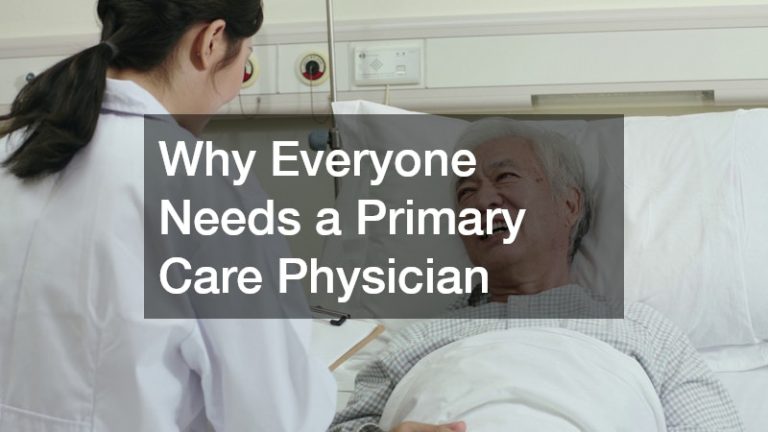

Cleft lip and cleft palate are congenital conditions that affect infants, causing openings or splits in the upper lip and/or roof of the mouth. These conditions can lead to various complications, including difficulties with feeding, speech development, and oral health. Understanding the causes, risk factors, and treatment options for cleft lip and cleft palate is essential for parents and caregivers to provide the best care for affected infants.
Causes and Risk Factors
The exact causes of cleft lip and cleft palate are not fully understood, but experts believe they result from a combination of genetic and environmental factors. During early pregnancy, when the bones and tissues of the face are forming, improper fusion of these structures can lead to the development of a cleft.
While genetics play a role, environmental factors such as maternal smoking, diabetes, and certain medications may also increase the risk of a baby being born with a cleft.
Diagnosis and Early Intervention
Cleft lip and cleft palate can often be diagnosed during routine prenatal ultrasounds, typically around the 13th week of pregnancy. However, some cases may only be detected after birth, especially if the cleft palate is not visible on prenatal scans. Early diagnosis allows for timely intervention, as treatment for cleft lip and palate usually begins in infancy.
Treatment Options
The primary treatment for cleft lip and cleft palate is oral surgery, which aims to repair the cleft and restore functionality to the affected areas. Cleft lip surgery is typically performed when the infant is around three to six months old, while cleft palate repair may be done later, around six to twelve months. These surgical interventions are highly successful in closing the cleft and improving feeding, speech, and oral health outcomes.
Follow-Up Care
After surgery, infants with cleft lip and palate may require ongoing care from a multidisciplinary team, including pediatric dentists, speech therapists, and oral surgeons. Follow-up appointments are essential to monitor the child’s oral health, speech development, and overall growth. Some children may need additional surgeries as they grow older to address any remaining issues, such as dental abnormalities or speech difficulties.
Prevention Strategies
While it may not be possible to prevent cleft lip and palate entirely, there are steps that expectant parents can take to reduce the risk. Avoiding smoking and exposure to harmful substances during pregnancy can help lower the chances of a baby being born with a cleft. Additionally, ensuring adequate intake of folic acid through prenatal vitamins may offer some protection against these conditions.
Speech Therapy
Speech therapy plays a crucial role in helping individuals with cleft lip and palate overcome speech and language difficulties. Therapists use various techniques to improve articulation, resonance, and intelligibility of speech. Exercises may focus on strengthening oral muscles, correcting breathing patterns, and learning proper tongue placement. Additionally, speech therapists work on enhancing communication skills, including vocabulary development, grammar, and social interaction. Early intervention is key to maximizing the effectiveness of speech therapy and addressing any speech challenges before they become entrenched habits.
Dental Care
Dental care for individuals with cleft lip and palate is multifaceted and starts early in life. Orthodontic treatment may be necessary to address dental misalignment and jaw discrepancies. Dental check-ups are essential for monitoring oral health, identifying potential issues such as tooth decay and gum disease, and providing preventive interventions like fluoride treatments and dental sealants. Surgical procedures may be required to repair dental anomalies or improve oral function. Collaborative care between oral surgeons, orthodontists, and pediatric dentists ensures comprehensive treatment tailored to the unique needs of each patient with cleft lip and palate.
Psychological Support
Coping with the challenges of cleft lip and palate can take a toll on individuals and their families emotionally. Psychological support services are vital in helping patients and caregivers navigate the complex emotions associated with the condition. Counseling and support groups provide a safe space for individuals to express their feelings, share experiences, and learn coping strategies. Psychologists and social workers offer guidance and resources to address anxiety, depression, self-esteem issues, and interpersonal challenges. By addressing the psychological aspects of cleft lip and palate, patients can enhance their overall well-being and resilience in managing the condition.
Nutritional Guidance
Proper nutrition is crucial for individuals with cleft lip and palate, especially during infancy and early childhood when feeding difficulties may arise. Parents and caregivers may work with pediatricians, nutritionists, and lactation consultants to address feeding challenges, such as difficulties with breastfeeding, bottle feeding, or transitioning to solid foods. Specialized feeding techniques and equipment, such as specialized bottles and nipples, may be recommended to facilitate feeding and ensure adequate nutrition and hydration. Nutritional counseling can also help optimize dietary intake and address any concerns related to growth and development.
Conclusion
Cleft lip and cleft palate are complex conditions that require comprehensive care from a team of healthcare professionals. With early diagnosis, timely intervention, and ongoing support, children born with these conditions can lead healthy and fulfilling lives. Oral surgery plays a crucial role in the treatment of cleft lip and palate, offering hope and improved outcomes for affected infants and their families.
.



